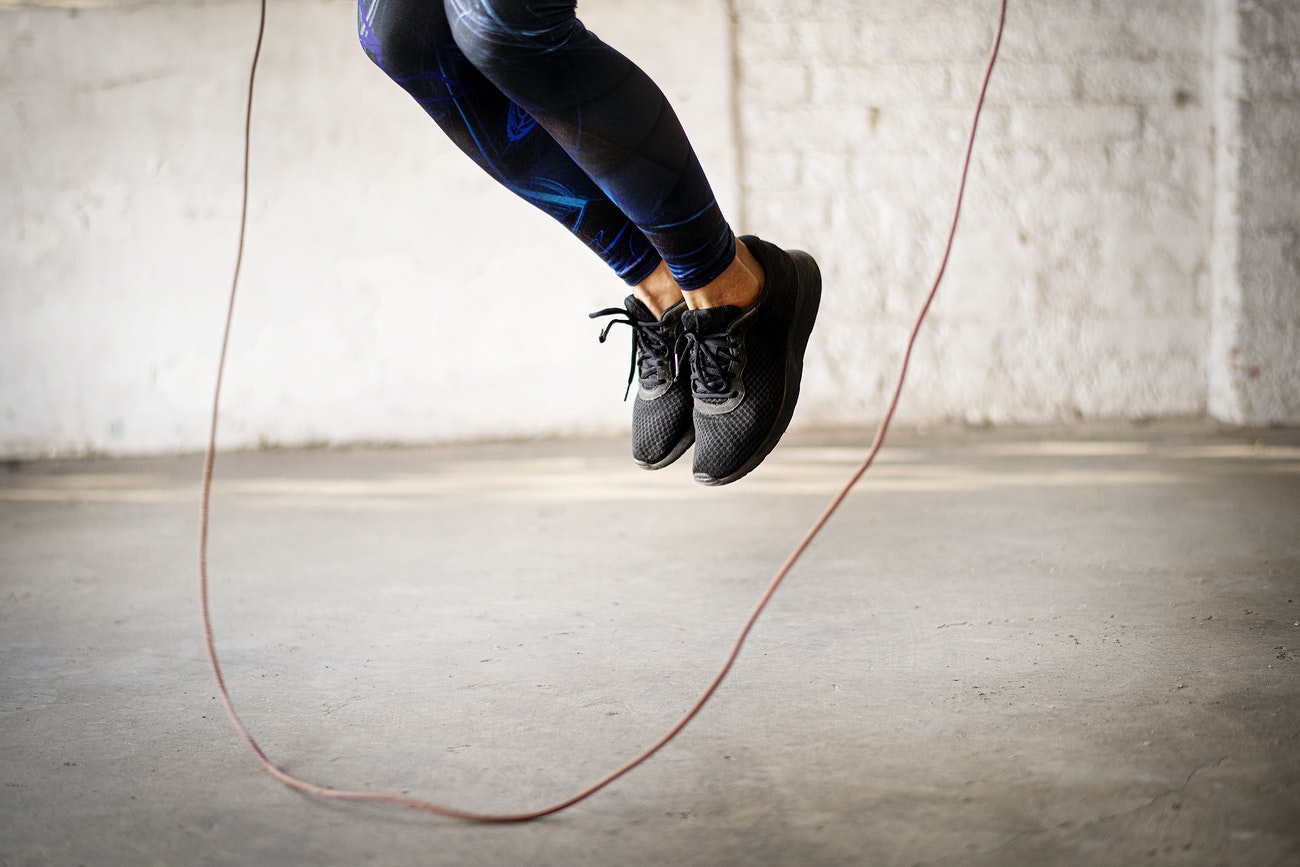
High-intensity Interval Training (HIIT)
High-intensity interval training (HIIT) as opposed to low intensity steady state (LISS) is not only a more effective and efficient way to train, it also keeps your body burning calories for hours after you’ve finished. Any cardiovascular exercise will increase your metabolism (see how below) while you are doing it. However, once you cease the activity it will return to normal pretty quickly. HIIT raises your metabolism to a greater degree during exercise, and keeps it raised while the body attempts to recover in the following hours after the exercise.
This extra fat burning that can occur for up to 38 hours following activity is all thanks to something we call excess post-exercise oxygen consumption (EPOC). EPOC is responsible for restoring the body’s homeostasis (resting state) after exercise and paying back the “oxygen debt” acquired during the activity. The body does this via a number of pathways. These include to replenish energy stores by via the ATP pathway, for cellular growth and repair and to convert any lactic acid back to pyruvic acid in the kidneys, heart and liver. EPOC also contributes to fueling the body’s metabolism during times of higher body temperature.
Many research studies have shown that long endurance activities (e.g. marathon running) can cause muscle catabolism (break down) which can last up to 7 days after the activity!
Just like altering weight, reps, sets, etc. during resistance training to challenge our muscles in different ways, we can alter our work:rest ratio of intervals so that we can challenge our heart rate in different ways. Some examples include 20 sec on: 10 sec off, 45 sec on: 15 sec off or 1 min on: 30 sec off. Greater rest periods give your heart rate more time to recover, and hence you should be able to work harder and sustain maximum effort during the working sets. Shorter rest periods mean that you can keep your heart rate working at a high level for longer.
Here are a few tips for your HIIT workout:
- Full body movements (i.e. burpees, squat press and renegade rows). This allows you to use more muscles in the body which requires greater oxygen demand and hence increases your heart rate.
- Explosive movements (i.e. squat jumps, plyometric lunges and box jumps). These also require greater oxygen consumption to meet oxygen demand and remove lactic acid from the muscles.
- Cardio equipment – use the treadmill, bike or rower to work at a max effort for a set period of time. Then stop and rest or have an active recovery before hitting another max effort interval.
- Sprints – probably the best form of HIIT you can do as it is a whole body movement (yes you are even working your arms and your core) that is unrestricted and allows you to reach a true maximum effort.
The most important thing you need to remember when doing your HIIT sessions is that YOU WILL NOT DIE! (Of course, given that you are healthy and have no underlying medical conditions). The body is an amazing vessel and can be pushed to extremes, however the mind will always give up before the body is in put into a state of toxicity and exhaustion that it cannot recover from. Silence the voice, get into your zone and dig deep to push your own limits.



